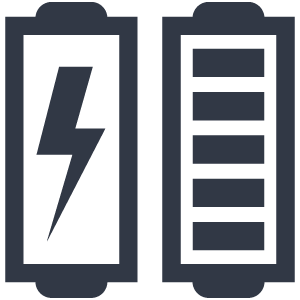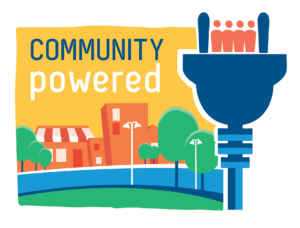What Is Public Power?
Community-owned, not-for-profit public power utilities power homes and businesses in 2,000 communities — from small towns to large cities. They safely provide reliable, low-cost electricity to more than 49 million Americans, while protecting the environment. Public power utilities serve customers in 49 states —all except Hawaii — and the territories of American Samoa, Guam, Northern Mariana Islands, Puerto Rico, and the U.S. Virgin Islands.
Public power supports local commerce, employs 93,000 people in hometown jobs, and invests more than $2 billion annually directly back into the community.
Most public power utilities have fewer than 4,000 customers, and collectively, these utilities serve 1 in 7 electricity customers across the U.S.
 Local Governance and Regulation
Local Governance and Regulation
Like public schools and libraries, public power utilities are owned by the community and run as a division of local government. These utilities are governed by a local city council or an elected or appointed board. Community citizens have a direct voice in utility decisions and policymaking. Business is conducted in the open and citizens know where their power comes from and how and why decisions affecting their utility bills are made.
In general, a governing body — a city council or independent utility board — has authority over a public power utility’s retail rates. In some states, and in certain circumstances, a state regulatory commission may have jurisdiction.
 Affordable
Affordable
Public power utilities are not-for-profit entities that provide electricity to customers at the lowest rates. Homes powered by these utilities pay nearly 15 percent less than homes powered by private utilities. Businesses that get electricity from these community-owned utilities also pay less than businesses that get electricity from private utilities.
 Reliable
Reliable
Customers of public power utilities lose power less often. Customers of a public power utility are likely to be without power for just 59 minutes a year, compared to customers of private utilities that may lose power for 133 minutes a year — provided there are no major adverse events.
 Diverse Sources
Diverse Sources
Public power generates 10 percent of all electricity in the U.S. and distributes — or sells at the retail level — 15 percent of all power flowing to homes and businesses. Public power utilities buy or generate electricity from natural gas, coal, and nuclear, as well as renewable energy sources such as solar, water, and wind.
In several regions, public power utilities can buy wholesale hydropower generated from federal dams at cost and pass the savings on to customers. Across the country, public power utilities buy wholesale electricity and other services through joint action agencies to leverage economies of scale and strength in numbers.
 Giving Back
Giving Back
When customers are the utility’s shareholders, serving the community is the utility’s top priority.
Public power utilities are embedded into the fabric of their communities and support a range of community programs including charitable, educational, and beautification programs. Each dollar of a public power utility employee’s paycheck circulates through the community an estimated five times. On average, public power utilities pay 5.6 percent of electric operating revenues back to the community — through taxes, fees, and special services. Public power gives 33 percent more back to the community than private utilities.

